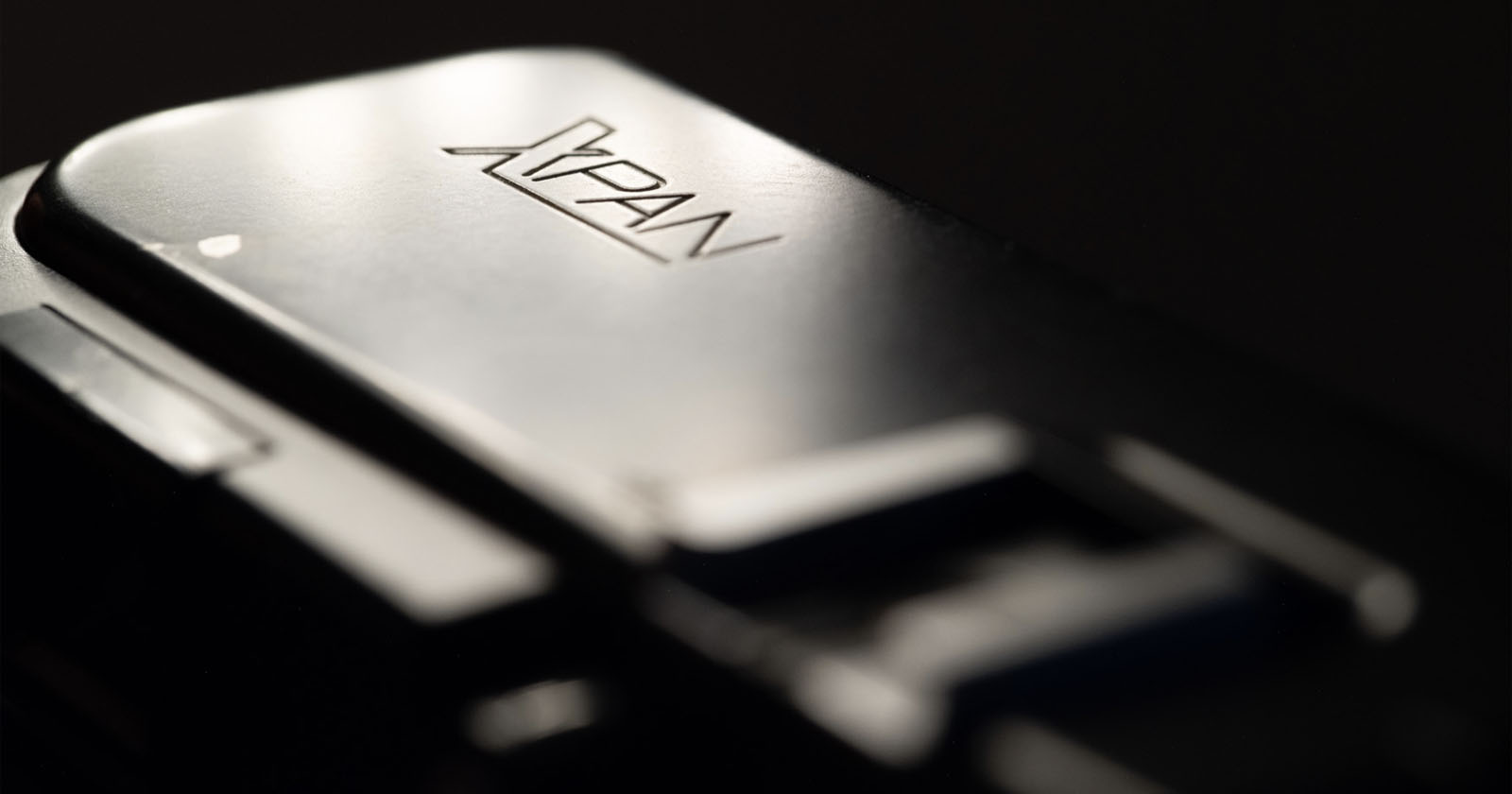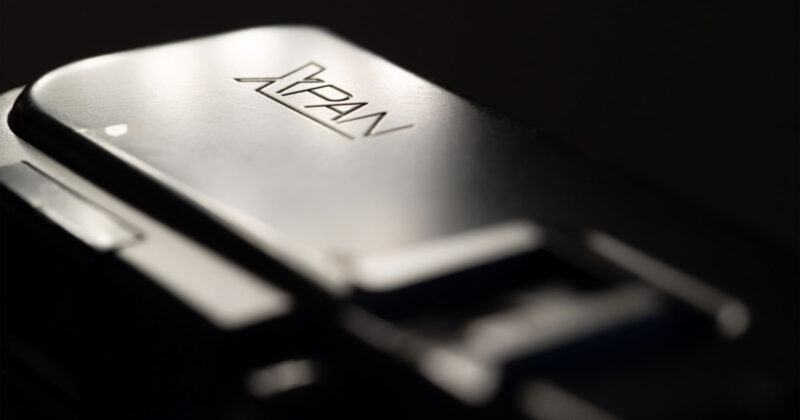
Limitations are a blessing and a curse. I always wanted more, a better camera, more pixels — name it, and I wanted it. Until I found out, that having more also gave me creative paralysis.
I wanted to shoot with a zoom lens, a wide, a macro, and obviously, I wanted a video as well. I often came back home with a little bit of everything and nothing to be proud of. I then realized that I created my best art while I was limited to a single thing.
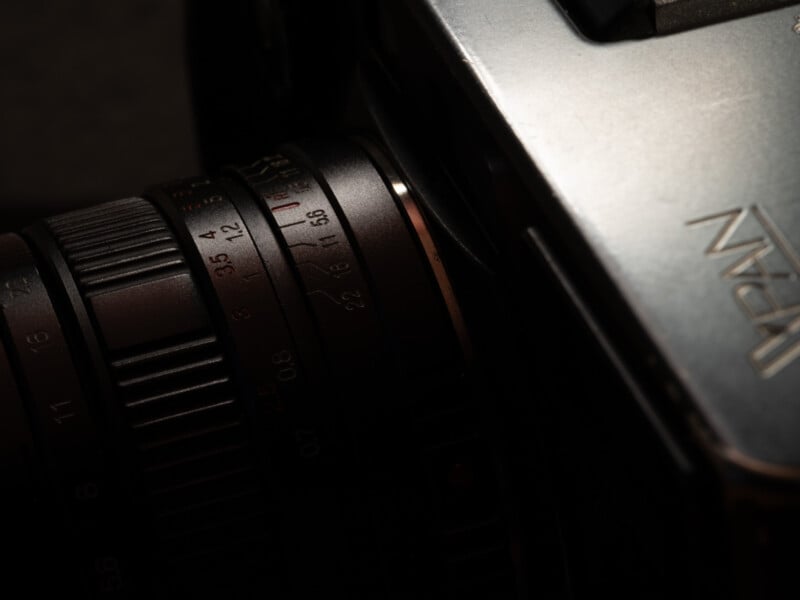
I then truly dived into panoramic photography, but not as people often use it. Panoramic film photography isn’t just about going wide, and certainly not only about landscapes. I went from digitally stitching a panorama together to shooting it on film with the wonderful camera, the Hasselblad XPan (or its twin, the Fujifilm TX-1). It reduced my options — some might say it reduced me creatively — but I would argue the opposite; all my creative energy was funnelled into this ratio. It demanded more from my eye, my composition, and my patience. But when everything aligns, the result is pure cinematic magic.
A Format That Forces You to Think Differently
The XPan shoots in a unique 65:24 aspect ratio, effectively stitching two 35mm frames into one ultra-wide image. Unlike digital panoramic modes, this isn’t a crop. It’s a full 35mm film, full-quality panorama. Even though landscapes are the most obvious subject to photograph with such a camera, my obsession lies in using this wide canvas to photograph people. That’s where the creative challenge begins.

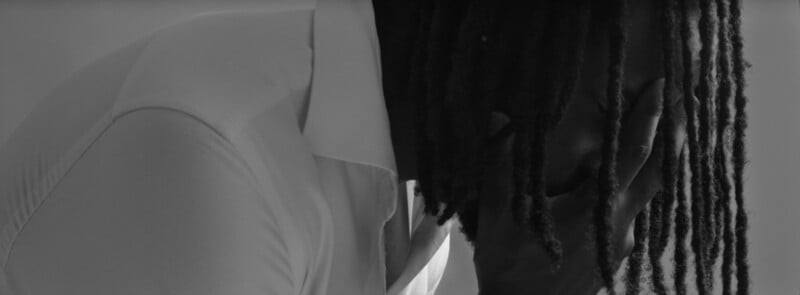
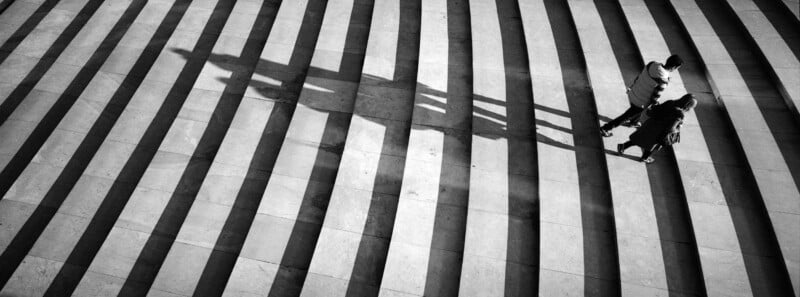
My First Roll, and an Addiction Was Born
I found my Hasselblad XPan unexpectedly, secondhand, after months of unsuccessful searching for one that was affordable. It felt like fate. I loaded up a roll, headed out, and shot slow. By the end of the day, I was hooked. The rangefinder focus, the perfectly balanced 45mm lens, and the way it made me pause before every frame. It was everything I didn’t know I needed. Any film camera demands this approach in some sort, but the panoramic viewfinder experience is one that makes it stand out.
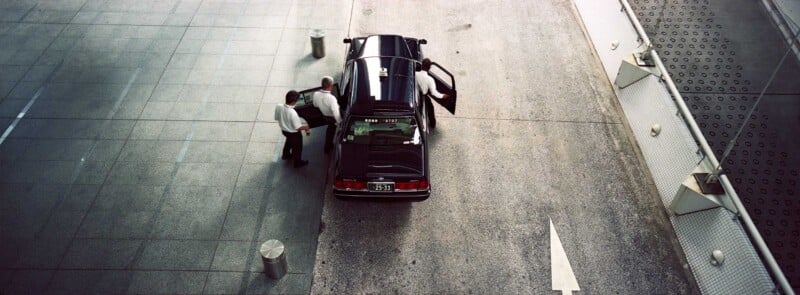
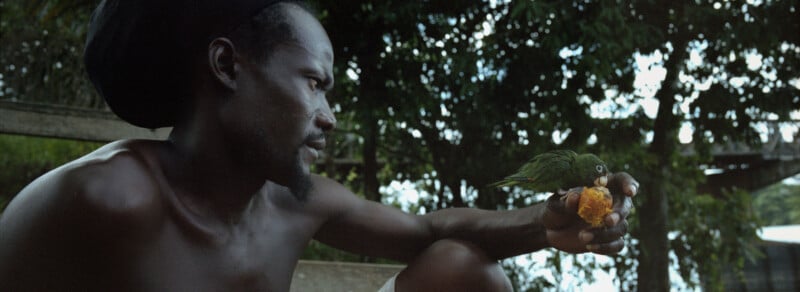
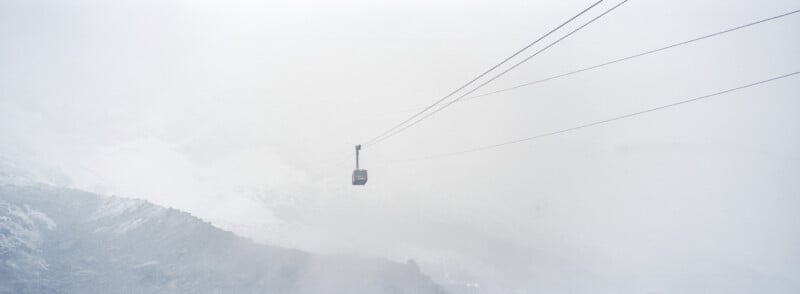
Why the XPan Still Matters
This camera changed my process. With only about 20 frames per roll, each shot counts. I’ve tried many cameras over the years in search of a digital equivalent, but haven’t found it yet, and perhaps I recently decided that I would give up this search, as it isn’t only about the crop, it is the film experience, the unknown, the viewfinder and the manual focus. It’s the combination of those things that brings me most joy and can’t be found in a digital equivalent. More to that is that Sam Altman believes photos will not exist anymore in the future, like they used to; AI will generate visual memories for us. Will film be the only way to authentically capture a real moment by then?
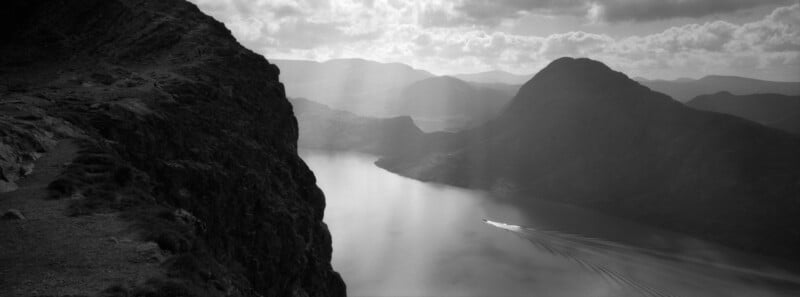
The Catch…
The XPan is not perfect. It’s expensive. It’s electronic. The fastest lens is f/4. Film labs don’t always know how to develop or scan the wide negatives. But if you embrace those constraints, they become part of the art. They make you think outside of the box; they make the process, as many might describe it cumbersome, yet I would call it intentional.
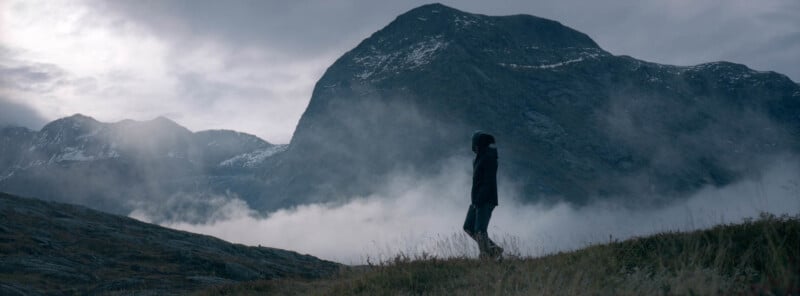
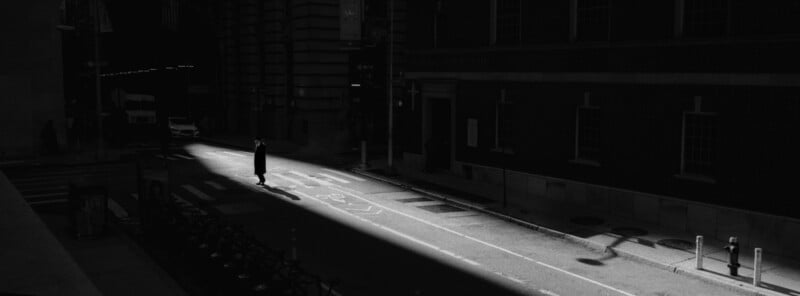
The Hasselblad XPan isn’t a camera for every day, it never was designed to be, it’s a camera for when you want to see the world differently. When you want to make art. And sometimes, that’s exactly what photography should be; at least, that is how it is for me.
About the author: Tom Kluyver is a full-time photographer creating visual art for social media, exhibitions, magazines, and more. More of his photography can be found on his website or on his Instagram.
